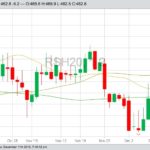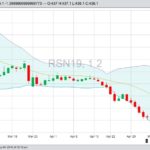Cold spring temperatures and a late snowstorm depressed canola markets during the week ended April 3. While nearby contract prices started the week with relative strength, that petered out by midweek when an impressive amount of snow fell in eastern Saskatchewan and western Manitoba. That, combined with cold temperatures, discouraged some farmer selling and sidelined some trading activity. Earlier in the week,












